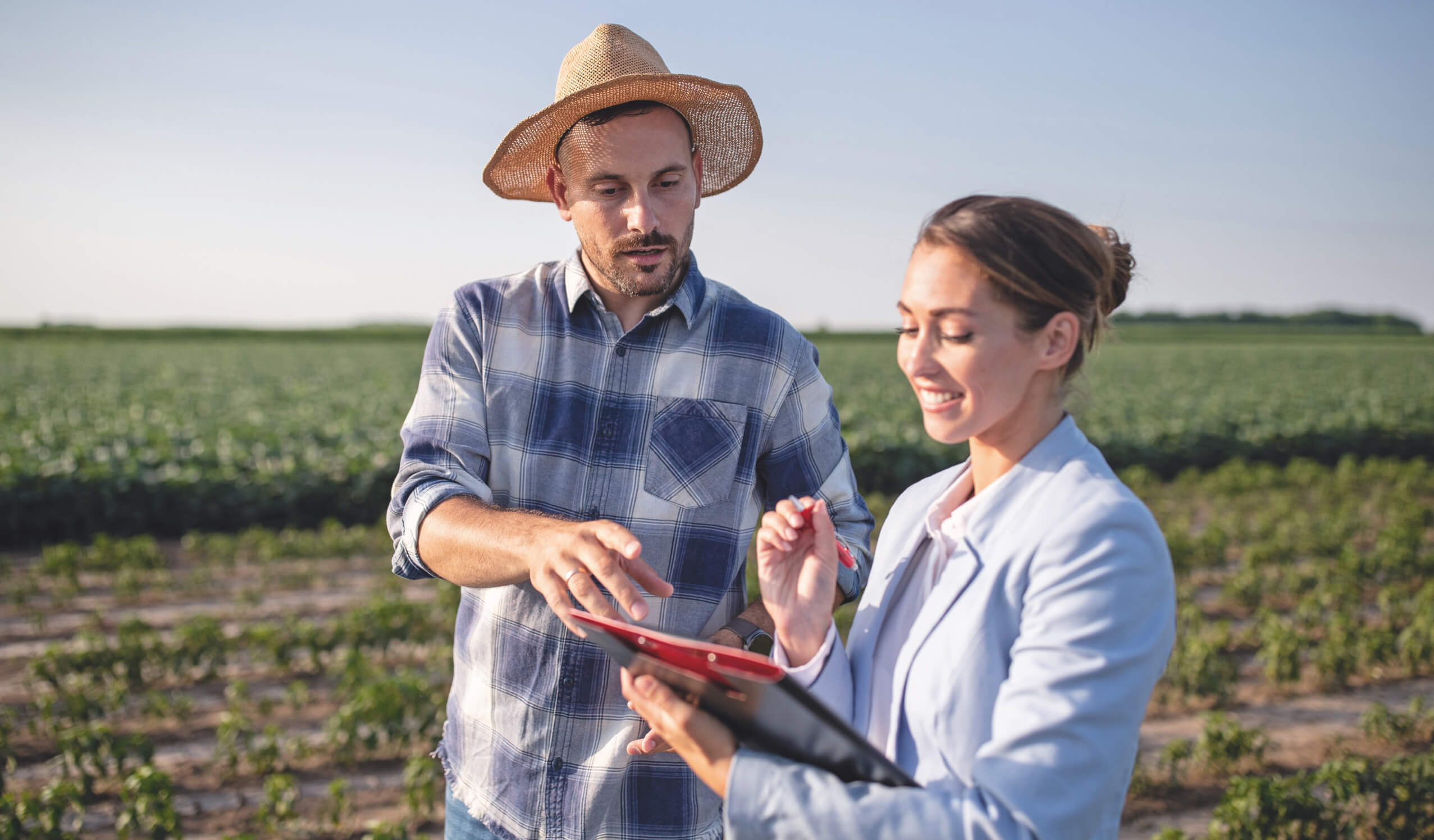
Net Zero by 2050
We have reduced our Scope 1 & 2 CO2e emissions by 22% since 2020; and our Scope 3 emissions by 7% since 20201.
Of our employees completed training and compliance sign-off on our Standards of Business Conduct (SoBC) in 2022
Assessment
we undertook biodiversity risk assessments for our tobacco supply chain in 2022, to better understand and evaluate farmers potential impacts
Our science-based targets for 50% Scope 1, 2 & 3 CO2e emissions reduction by 2030 vs 2020 have been approved by the Science Based Targets initiative (SBTi)2
Stewardship
23% of our total water use was recycled in 2022, and 24 sites achieved Alliance for Water Stewardship (AWS) certification in 2022
99.99% of wood used by our contracted farmers for tobacco curing in 2022 was from sustainable sources. 94% of paper & pulp volumes were certified sustainably sourced.
A Better Tomorrow™
For Society
The greatest contribution we can make to society is by reducing the health impact of our business. We will do this by encouraging those smokers who would otherwise continue to smoke to switch completely to scientifically-substantiated, reduced-risk alternatives*†. Achieving this, while working to reduce our impact on the environment, is central to delivering A Better Tomorrow™.
Putting ESG
front and centre
Our Sustainability Agenda is integral to our Group strategy and purpose to build A Better Tomorrow™. It reflects our commitment to reducing the health impact of our business as our principal focus area, while achieving excellence across environmental, social and governance (ESG) matters relevant to our business.
Our ESG Roadmap
Our ESG Roadmap contains key goals and targets, metrics, current performance and prior-year comparatives for our material sustainability topics.
◆ 2022 (2021 for Scope 3) metrics with independent limited assurance by KPMG in accordance with ISAE 3000; see page 94 of the Annual Report and Form 20-F 2022 for a full list of assured metrics. See BAT 'Reporting Criteria' for key terms and definitions, on bat.com/sustainabilityreport. Environmental and Health & Safety data is reported for the period 1 December 2021 to 30 November 2022. In 2022, BAT changed its CO2e emissions reduction baseline from 2017 to 2020, following SBTi approval of its near-term, 1.5°C-aligned, 2030 reduction target. See page 80 of the Annual Report and Form 20-F 2022 for CO2e emissions reporting methodology. 1) Compared to 2020 baseline. Comprises 50% reduction in Scope 1, 2 and 50% reduction in Scope 3 GHG (CO2e) emissions. Scope 3 emissions target includes purchased goods and services, upstream transportation and distribution, use of sold products and end-of-life treatment of sold products, which collectively comprised >90% of Scope 3 emissions in 2020. 2) Due to the complexity of consolidating and assuring Scope 3 data from our suppliers and value chain, Scope 3 data is reported one year later. 3) Our goals cover all tobacco used in our combustibles & THP products ('tobacco supply chain'). Our metrics, however, derive data from our annual Thrive assessment, which includes our directly contracted farmers and those of our strategic third party suppliers, representing over 80% of the tobacco purchased by volume in 2022 ('Tobacco Supply Chain'). 4) Consistent with previous years' reporting, cases are not included in the above if they were not resolved at year-end. 5) This is a new GRI-aligned metric for FY2022, with a new reporting system. Although similar data exists for FY2021 & 2020, because the reporting methodology has changed, prior data is not directly comparable.






